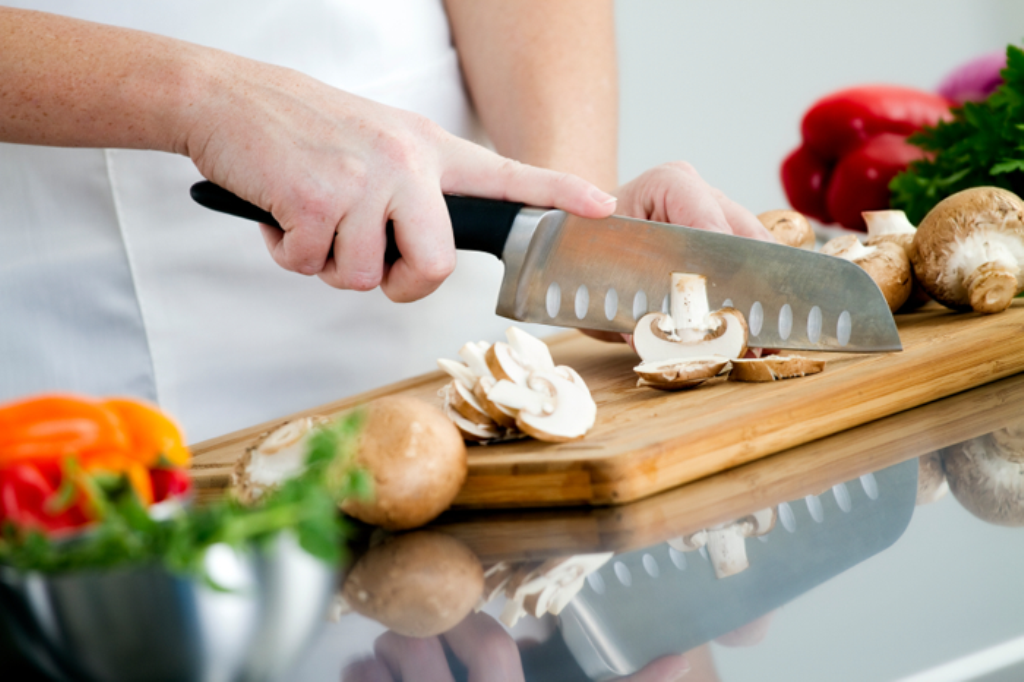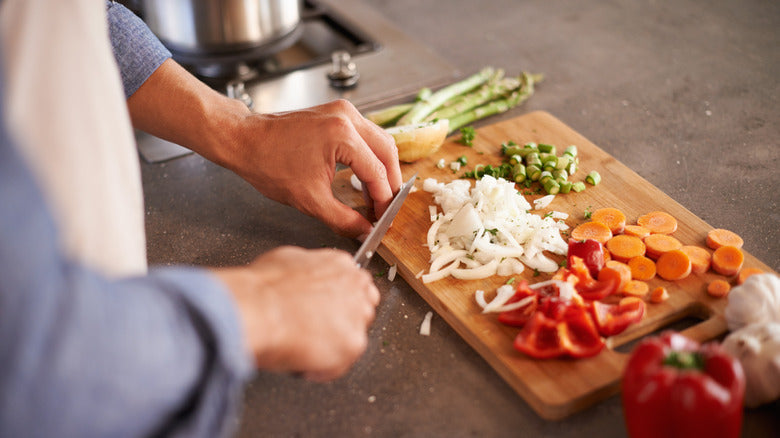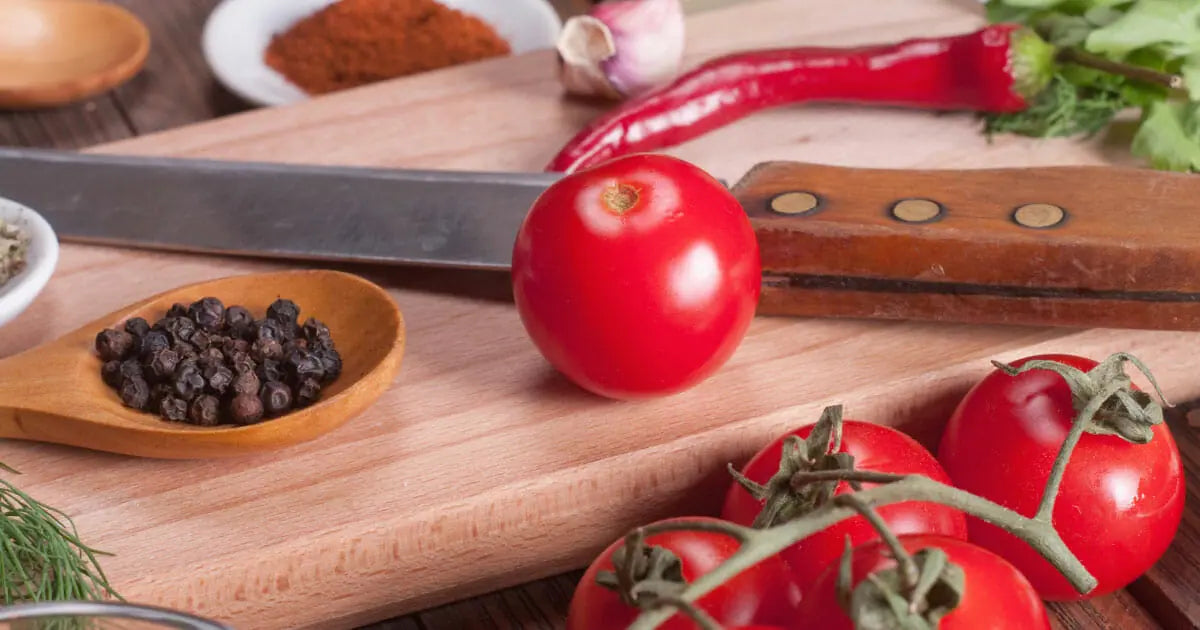Mold growing on cutting boards can be both shocking and unhygienic. For kitchen professionals, hygiene is non-negotiable, and knowing how to get rid of mold on cutting board is a must. If you're tired of dealing with this issue, we have life-changing insights just for you. Your workspace deserves cleanliness as cutting boards are a vital part of food preparation. In this comprehensive guide, you'll learn how to address mold effectively, prevent future outbreaks, and maintain a professional-level cutting board environment.

What Causes Mold to Grow on Cutting Boards?
Before diving into mold removal techniques, its crucial to understand why it forms in the first place. Mold loves damp, porous surfaces, making materials like wood and plastic cutting boards prime targets, especially in busy kitchens.
- Improper drying after washing.
- Exposure to humid environments.
- Storing cutting boards immediately without ventilation.
Addressing these factors can eliminate the favorable conditions mold requires to thrive in your workspace.
Step-by-Step Guide: How to Get Rid of Mold on Cutting Board?
Heres a big and remarkable step-by-step guide to help you clean and sanitize your cutting boards efficiently:
1. Start with a Thorough Wash
Begin by scrubbing the board with hot water and dish soap. Use a scrub brush with sturdy bristles, focusing on any visible mold patches. Rinse well and dry.
Learn more about keeping cutting tools sanitized effectively in this State Food Safety Guide.
2. Baking Soda and Vinegar Power Combination
For a natural yet powerful cleaning solution, sprinkle baking soda over the moldy area. Pour white vinegar on it and watch it fizz. Scrub the area after two minutes and rinse thoroughly.
3. Scraping and Sanding for Wooden Boards
For mold deeply embedded in wooden surfaces, sanding is a terrific life-saver. Use medium-grit sandpaper to scrape off affected layers, ensuring the board is refreshed and safe for use.
4. Use Hydrogen Peroxide
A diluted hydrogen peroxide solution is a technology-approved method for eradicating stubborn mold. Apply it using a microfiber cloth and let it sit for five minutes before rinsing and drying.
5. Lemon and Salt Method
One of the most natural ways to tackle mold is through the use of lemon juice and coarse salt. Rub them together directly on the mold-affected area, allowing the natural acids to dissolve mold effectively.
How to Prevent Mold from Coming Back?
Prevention is the key to maintaining your cutting boards in tremendous condition. Here are some of the terrific methods:
- Proper Drying: Always dry cutting boards after washing. Use kitchen towels or an air-drying rack.
- Good Ventilation: Store cutting boards in areas with ample airflow. Avoid stacking boards immediately after cleaning.
- Regular Maintenance: Periodically use food-grade mineral oil on wooden boards to repel moisture effectively.
Enhancing your kitchen hygiene practices goes a long way in managing mold-related issues. You can also check this useful guide on cutting board safety to prevent cross-contamination.
When Should You Replace Your Cutting Board?
Sometimes, no amount of cleaning or scrubbing will make a cutting board usable again. Watch out for these signs:
- Excessive cracks or grooves that cant be cleaned properly.
- Persistent mold growth despite thorough cleaning.
- Unpleasant odors that wont go away.
Replacing damaged or unusable cutting boards is crucial for maintaining food safety standards, especially in commercial kitchens.
Conclusion
Dealing with mold on cutting boards does not have to feel intimidating or overwhelming. By focusing on proven cleaning methods and adopting preventive measures, you can ensure a healthier and safer kitchen workspace. If youre interested in learning more about maintaining kitchen equipment, check out this essential guide.

FAQ Section
1. Can moldy cutting boards be saved, or should I discard them?
Yes! Many moldy cutting boards can be saved through proper cleaning techniques. If cracks or persistent odors persist, consider replacing the board.
2. Is baking soda safe to clean wooden boards?
Absolutely. Baking soda is both safe and effective for cleaning wooden cutting boards naturally.
3. What is the best material for cutting boards to avoid mold?
Wooden boards have natural antimicrobial properties, but they must be well-maintained. Plastic boards are easier to clean but may require quicker replacements.
4. How often should I sanitize my cutting board?
For professional kitchens, its recommended to sanitize your cutting board after every use, especially when preparing raw meat or fresh produce.
This article contains affiliate links. We may earn a commission at no extra cost to you.






Leave a comment
This site is protected by hCaptcha and the hCaptcha Privacy Policy and Terms of Service apply.